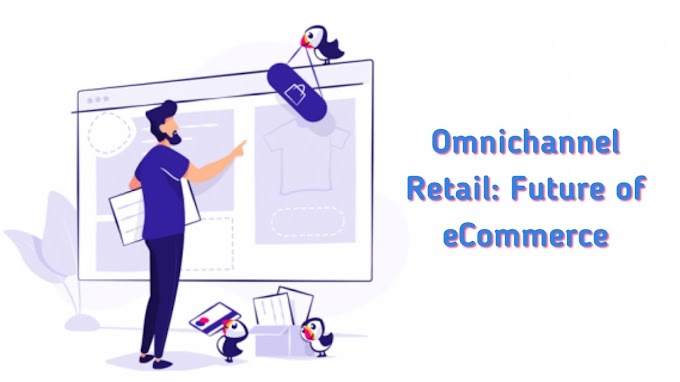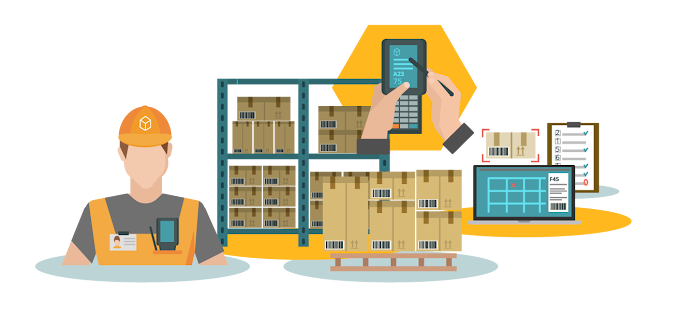In this article, we are getting to take you thru the advantages of moving to an Omni-channel approach just in case you're employing a multi-channel business communication.
We will take a glance into why it’s an excellent new approach for your company, the differences between multichannel and omnichannel approaches, the benefits of using such an approach, and a few great ways to form sure you get the simplest out of your strategy.
Customer expectations are simultaneously pulling retailers in opposite directions. The demand for speed and convenience and curation and experiential service makes it difficult to take a position and even harder to predict the trail a customer will take. Customers choose to spend their time online and in-store and expect their experience–whether on desktop or mobile or via a fast visit or all-day in-store shopping session–to connect. To anticipate these needs, brands shift their strategies from multichannel to omnichannel, and businesses that haven't taken the primary step are already falling behind.
What is omnichannel?
An omnichannel approach means there’s an integrated system that involves all elements of the retail. Right from the distribution, promotion of the service or product, and therefore the communication channels on the system's rear end.
For example, previous purchases and preferences are often quickly and simply accessed by the customer service representative for the purpose of an in-store purchase, as seamlessly as the other service channel, like a customer phone agent or maybe the representative who is liable for web chat communication.
How to plan your move to omnichannel
First, you ought to address your data! Customer information you've got collected over the years provides key information for creating personalized messages and improving engagement, such as:
- Key demographics (i.e., age, gender, location)
- Purchasing habits
- Pain points
It’s essential to identify the channels your customers use to know where you need to go to reach them. For instance, if your customers tend to use Instagram or Snapchat instead of Facebook, this is often where you would like to focus your efforts.
You should also check out your sales funnel and identify which pieces of data or content your customers would require at each stage, also as touchpoints they need together with your brand.
As e-commerce platform company Shopify says, ‘One major mode to designing an omnichannel retail strategy is making every touchpoint shoppable. a bit like Disney does with their mobile app, website, and theme parks… whenever you've got an experience with Disney, they need the chance to form sales.’
Have a transparent strategy in mind
Once you've got your data and a transparent idea of your sales funnel and touchpoints, it’s time to start out forming a technique. When moving to an omnichannel service, it’s essential to possess clear goals and a transparent plan.
If you aspire to become omnichannel, you would like to not lose sight of operating efficiently to best cater to customer needs. For retailers that operate bricks and mortar stores as e-commerce sites, they have to make sure that the customer journey is integrated into both the front of the house and the back office.
For example, a customer shouldn't need to scan their receipt multiple times to receive different services, like gaining loyalty points or returning items: this could all be done automatically. Equally, key information like stock availability should even be updated automatically at an equivalent time.
Just as the worldwide premium brand did, retailers looking to manoeuvre to omnichannel may find it more viable to try to do so piecemeal. Becoming an efficient multi-channel retailer may be a good start – this may offer you time to seek out the simplest, most integrated technologies to use to smooth the purchasing or returns process, also allowing time to find out from any mistakes.
The future of retail is omnichannel
.
In a market becoming increasingly focussed on personalization, creating a seamless digital and real-world experience provides retailers with improvements in sales and customer loyalty. The key to the present is an efficient use of knowledge combined with a strong strategy and efficient technology. Making the transition is often a slow process but can ultimately enable businesses in an increasingly pressurized sector to focus on services to satisfy demand.
3 great ways to urge Omnichannel work for your business
- Use analytics
With the addition of analytics, omnichannel retailing is able to get important insights into customer engagement, which is essentially absent in multi-channel retailing.
These crucial analytics can enable businesses to focus on customers with the marketing message that suits their needs supported by their buyer’s journey. Such targeted campaigns have higher conversion rates.
Getting insights into customer behaviour is imperative for omnichannel success. A customer’s journey through both digital and physical channels has got to be correctly analyzed and accurately captured to deliver a more personalized shopping experience.
The other real advantage of such analytics is that shops' ability to spot and Analytics also helps any important opportunities for up-selling while also noting where customers aren’t engaging the maximum amount as they ought to.
Using Predictive analytics further expands on general analytics and may help to spot further trends in consumer behaviour. This will make sure that retailers with omnichannel strategies stay top of their game.
- Product-Channel Sync
Often if one among your products isn’t selling as many units as you think that it should be, it might be. There's an opportunity you'll be selling via a channel that's not suited.
Once your product is on the proper channel, it'll be ready to realize its full sales potential. Your product must be on the sales channel that works best for its target customer, one which is employed frequently by that demographic. for instance, if you're marketing a product aimed toward millennials, confirm you're focusing your efforts on your social media commerce channels to maximize sales.
- Match characteristics to platforms
Every product's characteristics will also drive the platform it’s sold on. for instance, if the chief point of the merchandise is its visual appeal, then confirm it’s showcased on a platform where you'll highlight this to the simplest advantage. Making use of your channels like Instagram will bring you good returns.
To create the simplest omnichannel experience, repose on that Instagram advertising from the promotion, marketing, and everyone the way through to the purchasing experience to maximize its success.
Building on social media marketing and taking it through the website content, finally leading to, mobile purchasing will ensure a seamless journey for your customer.
- No specific channel
A good thing to recollect is that although omnichannel marketing involves a uniform journey throughout the marketing and final purchase process, there's no single correct channel or channels to utilize.
One of the chief considerations when building your omnichannel strategy is to recollect is to deliver content in terms of products easily accessible across a mess of devices.
It’s crucial you get the product-channel sync correct to form your overall omnichannel strategy add the foremost effective way.








1 Comments
Nice information about omnichannel retailing
ReplyDelete